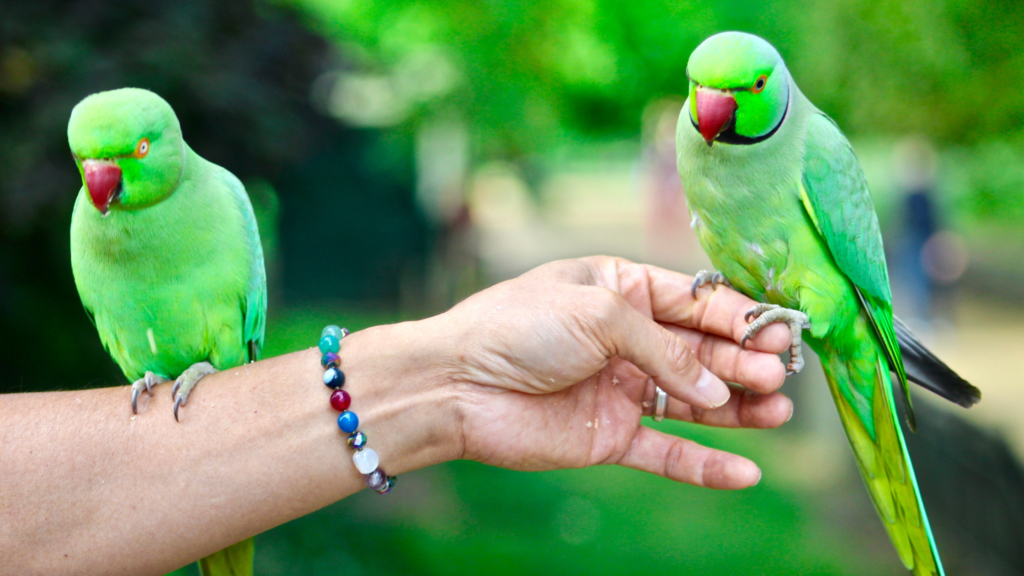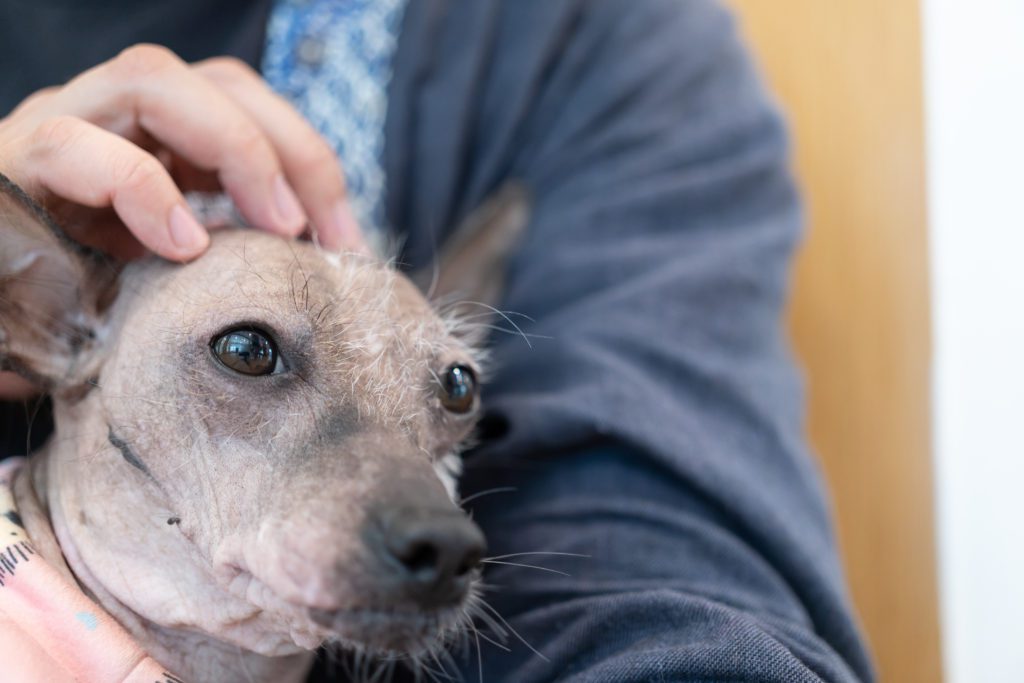Building upon the insights we shared in Part 1, Part 2 will delve deeper into real-life scenarios, offering further examples of the invaluable role Animal Medical Intutives (AMIs) play in enhancing the well-being of our animal companions. Join us as we continue to uncover the remarkable ways in which AMIs provide clarity, support, and healing for pets and their caretakers alike.
Ask for the Animal’s Cooperation with the Treatment
An intuitive physical scan has proven instrumental in providing valuable information for the veterinary diagnosis of various conditions. Beyond diagnosis, it also plays a role in supporting animals and their caretakers throughout the treatment phase. Following a diagnosis, occasional follow-up scans with the animal can serve to monitor pain levels and overall well-being as treatment progresses.
During these follow-up scans, animals may communicate changes in their condition, such as reporting reduced pain or improved appetite and energy levels. Additionally, they may articulate any new symptoms or side effects of medications, such as nausea, enabling veterinarians to offer tailored support.
Furthermore, animals undergoing treatment for illness or injury may struggle to comprehend the treatment process, leading to resistance towards medication or bandaging due to fear or uncertainty. A consultation with an AMI can prove invaluable in such instances. Through intuitive communication, the treatment process can be explained in a reassuring manner, encouraging the animal’s cooperation and ultimately making the treatment less stressful for all parties involved.
Quality of Life Assessment and End of Life Counseling
As our pets age, they can encounter a broad spectrum of health issues, including arthritis, diabetes, digestive disorders, cancer, and heart disease, along with potential loss of hearing or vision. The daily management of symptoms and medications associated with these conditions can become overwhelming for the pet and the caretaker. Engaging in conversation with an AMI allows senior pets to communicate the variety and severity of their symptoms. These insights enable the caretaker and veterinarian to adjust medication and activity levels, thereby maintaining the perceived quality of life for the pet. Moreover, the pet’s insights can aid in prioritizing care strategies, often leading to simple adjustments like relocating the litter box or raising the food dish to enhance the senior pet’s comfort.
Senior pets may articulate helpful insights such as deteriorating night vision, preferences for being gently awakened due to hearing impairments, or the need for support when jumping into vehicles. They may also express adverse reactions to medications, provide feedback on the effectiveness of treatments such as acupuncture, or offer suggestions for improving the fit of medical devices like splints. By reporting changes in quality of life and pain levels, pets and their caretakers can better manage daily routines and determine the success of ongoing treatments.
Furthermore, intuitive scans and animal communication serve as valuable tools in assessing quality of life and making end-of-life decisions. Ill and aging pets can accurately convey when treatments are no longer effective, helping to guide attempts at palliative care. Unlike humans, animals approach the end-of-life process in a matter-of-fact manner, expressing their needs and experiences without the influence of cultural or emotional beliefs. Insights provided by pets close to the end of life, such as ongoing pain or feelings of detachment, enable caretakers and veterinarians to determine the appropriate timing and approach for facilitating the pet’s end-of-life process. Although saying goodbye to a beloved animal companion is never easy, the respectful and dignified approach of AMIs can alleviate uncertainty and guide the decision-making process.
As we close on Part 2 of exploring the transformative impact of Animal Medical Intuitives, we are reminded of the profound bond shared between humans and animals, and the importance of understanding and honoring their needs. Through the real-life scenarios shared in this installment, we have witnessed the depth of insight and support AMIs offer, providing comfort, clarity, and healing to pets and their caretakers. As we continue to navigate the complexities of caring for our beloved animal companions, let us remain open to the wisdom and guidance that AMIs provide, ensuring the well-being and happiness of our furry friends for years to come.




